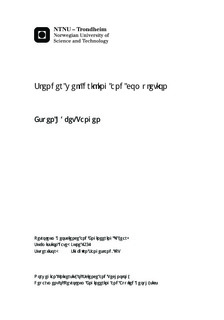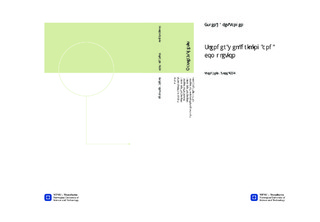| dc.description.abstract | Slender well drilling is a method that drills smaller holes and is more economical than conventional drilling due to the use of smaller equipment and rigs. Using the different tools for drilling slender wells, such as expandable reamers and expandable liners means that very deep wells can be drilled. If unexpected problems such as lost circulation or over pressured zones are faced, an expandable liner can be set. This type of solution imply very little or non- loss in diameter of the section. Reducing the amount of drill cuttings, steel, mud and cement means that less storage space is needed on the rig. Less storage needs means that a smaller and lower cost rig can be used. Using smaller equipment will also reduce the risk of the operations because the equipment is easier to handle during drilling and lifting operations. Avoiding the largest hole sizes and drilling more holes in the optimum range for ROP will reduce drilling time. There can also be some disadvantages with drilling slender wells. The equipment will be weaker if small holes are drilled, this is due to the small size of the equipment. In addition to this, hole cleaning can be a problem if mostly liners are used in the well and the well thereby have an upper sections with diameter that is significantly larger than the lower sections, since this will cause a large difference in the annular velocity of mud. The main objective with the thesis is to investigate the potential of using slender wells for exploration and production, as well as giving an overview of slender wells and how they are drilled. The work includes well construction, casing design and hydraulic calculations. The slender well designs are then to be compared with the conventional well design by looking at material savings. Pressure data from a high pressure and high temperature (HPHT) field in the North Sea was used. One of the objectives was to design a slender exploration well for 15 000 psi pressure rating. In addition to this a slender exploration well and a slender production well were designed using a water depth of 360 m. Based in the investigation slender well designs are feasible. The slender exploration wells are drilled in 5 sections, using a riser with an ID of 8 5/8” and an 11” wellhead (WH) and BOP. A 20” conductor casing is set, followed by an 11 3/4” surface casing with an 8 5/8” PIL. Then a 7” liner is set, before the well is drilled through the reservoir using a 5 7/8” drill bit. In the slender production well, an extra casing point is added to the well compared to the conventional well design, this allows more complicated wells to be drilled, or to cope with unexpected drilling problems. For drilling the slender exploration well, a riser with an ID of 12 1/2" is used together with an 11” WH and BOP. The surface casing has a diameter of 20”, followed by a 14” surface casing with a 10 3/4” PIL. An 8 5/8” liner is set below the 10 3/4" PIL. To maintain pressure integrity we install an 8 5/8 x 6 5/8” casing in the next section to isolate the liners, before the well is drilled to target depth (TD) where a 4 1/2" liner is set. The volume of drill cuttings from drilling the slender exploration well was reduced by 61,1 % compared to the conventional well. For the slender production well, the reduction was 53,5 %. The volume of steel for casings and liners in the well was reduced by 59,1 % for the exploration well and 20,1 % for the production compared to conventional well design. The mud volume needed in the well was reduced by 53,2 % for the slender exploration well compared to the conventional well, for the slender exploration well, the reduction in mud volume was 45,2 %. Further focus should be on well completion equipment for 15K pressure rating. This include expandable liner hanger, wellhead, BOP etc. A comparison of equipment for 10K versus 15K would have been of interest. Another important aspect is the time and cost saving from drilling slender wells. | nb_NO |

